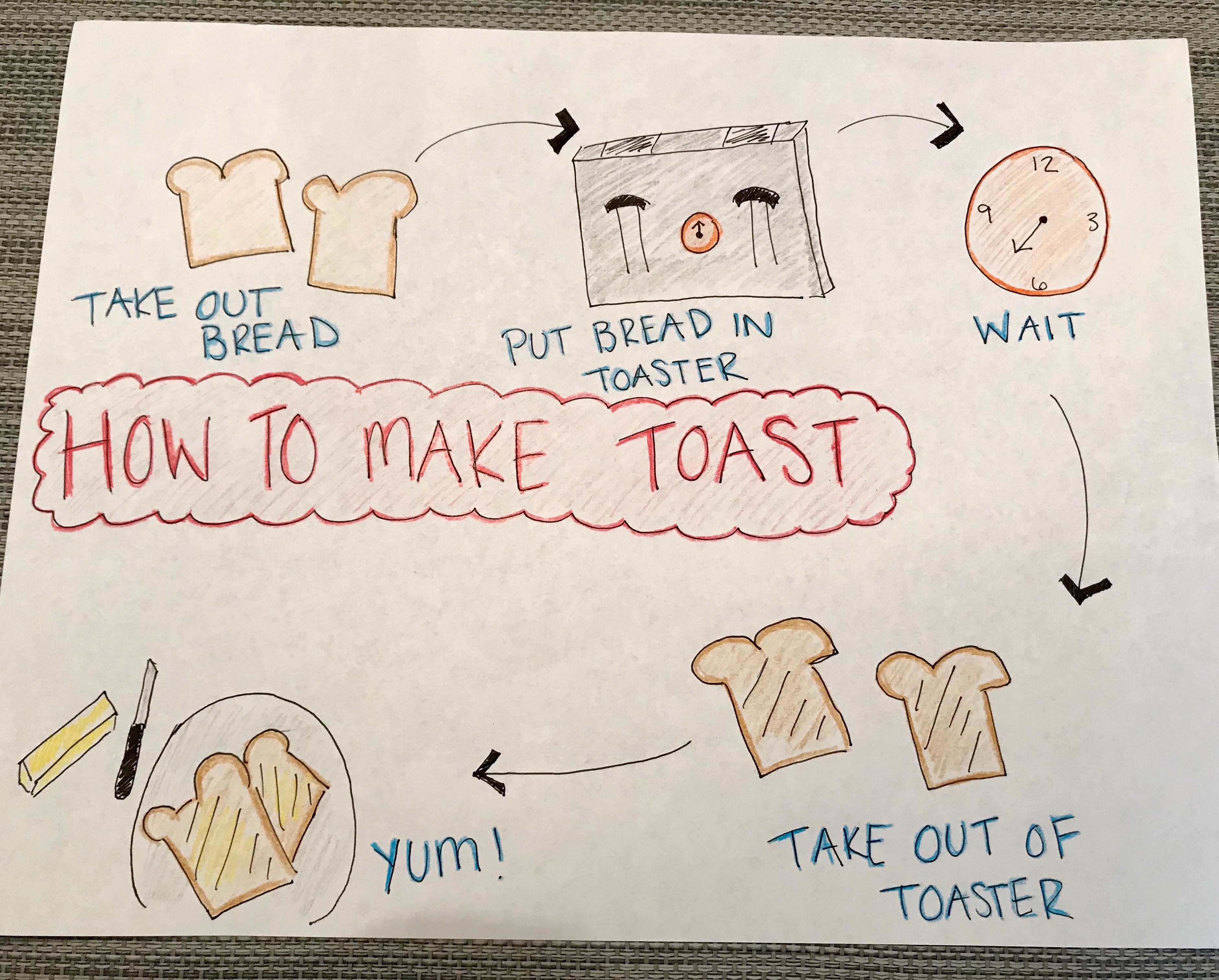CARP, which stands for Contrast, Alignment, Repetition, and Proximity, are valued design principles. Though many prioritize CARP in Instructional Design and Education, CARP is also crucial in many other settings. You can few two examples of CARP principles below.
The Good:

ATD’s website has great contrast, repetition, alignment, and proximity. The red branding is used across the site, fonts and sizing are consistent, and the text is easy to read. This site is visually appealing.
The Bad:

Although I’m typically Costco’s number one fan, their website could use some work. In this screenshot, we see that one panel has four images, one has three, and another panel has one image. The text is different sizing and the prices are bolded. Though this is really advertising sales, the layout is harsh and distracting. In some cases, the colors are blue on blue (which can be difficult to see for accessibility purposes) and in another it’s red on blue. There is some alignment on the borders and within each horizontal pane, but otherwise the alignment is distracting. Costco could definitely do better!











 The infographic to the left offers a good example of the four key design principles known as CARP (contrast, alignment, repetition, and proximity). As a national park lover, this infographic was not only insightful, but it displayed the four key design principles well. This helped create an engaging visual that can be easily shared.
The infographic to the left offers a good example of the four key design principles known as CARP (contrast, alignment, repetition, and proximity). As a national park lover, this infographic was not only insightful, but it displayed the four key design principles well. This helped create an engaging visual that can be easily shared.